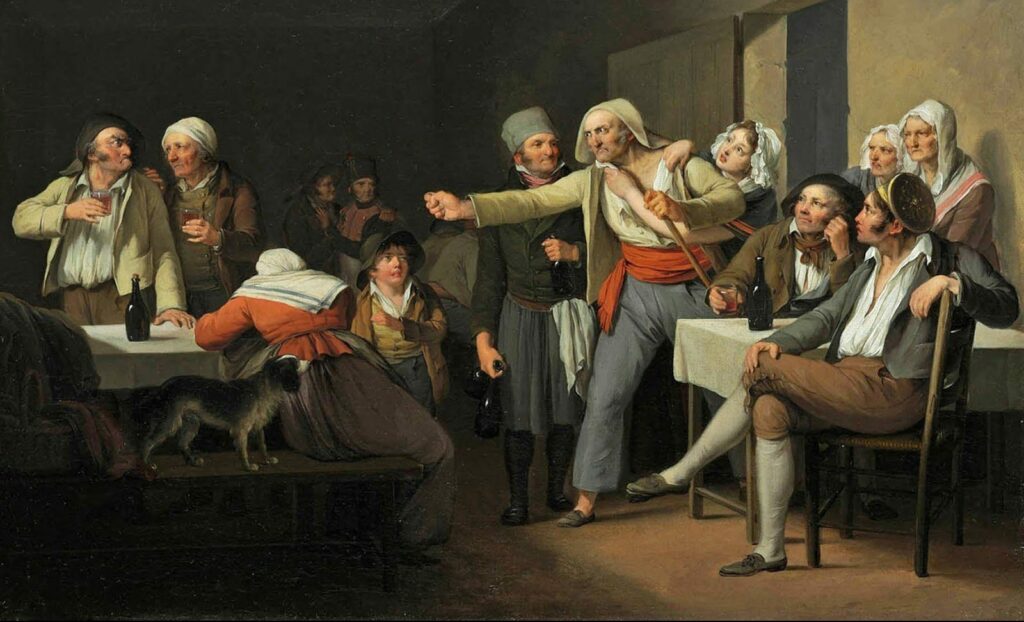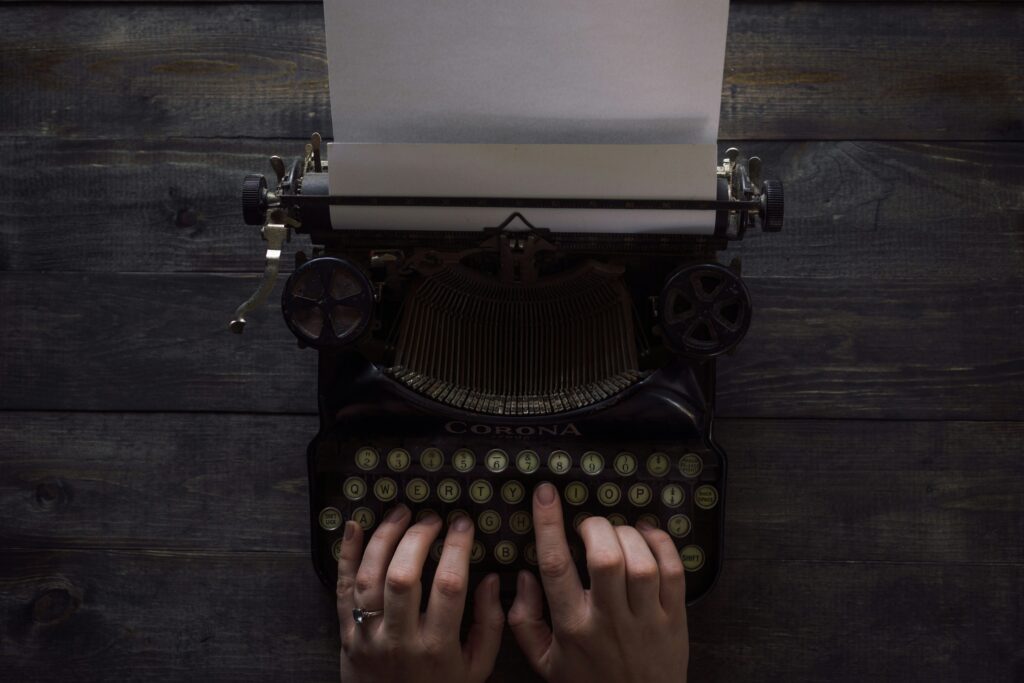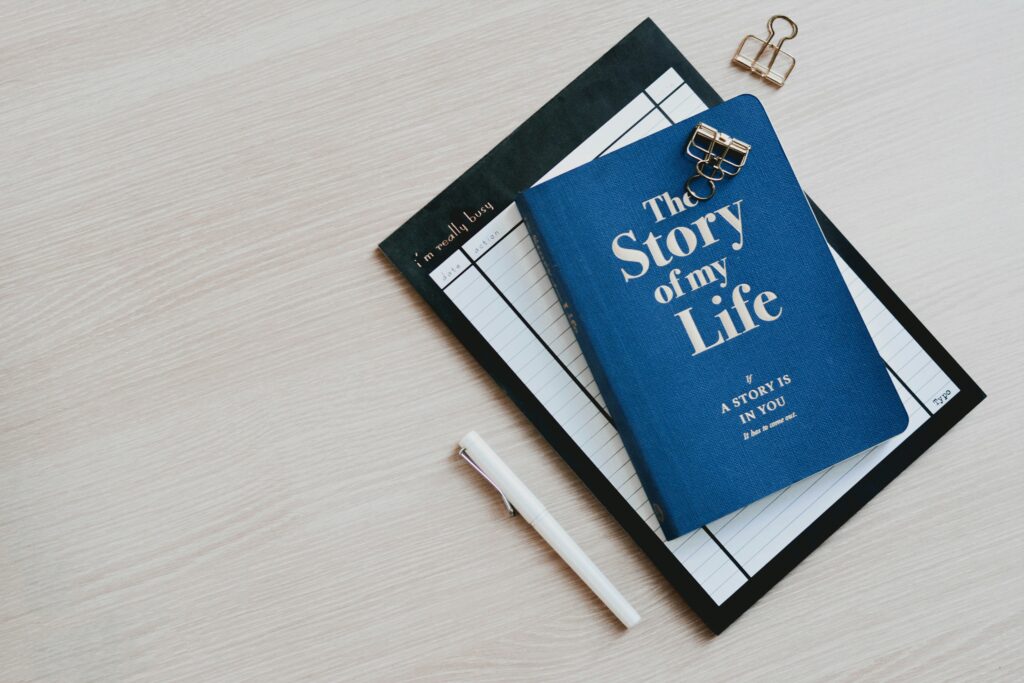Posts by Sean Glatch
The Meaning-Making Magic of Metaphor
Metaphor makes successful literature possible. This might seem like a bold statement. After all, there are great poems that don’t use metaphors, and writers can employ many strategies to write…
Read MoreBest Online Writing Communities: How to Find Your Writers Group
The best online writing communities connect you to the literary world at large, supporting your craft and creativity while helping your voice be heard. At the same time, the internet…
Read MoreThe Rule of Three: Writing Literary Triplets
How do you make your readers laugh, cry, or turn the page? While authors have many craft tools at their disposal, one that’s essential to know is the Rule of…
Read MoreThe Rules of Poetry for Contemporary Poets
Note: This article on the rules of poetry was adapted from a recent Writers.com newsletter for poets. Find our invitation to join in the article! When I was first asked…
Read MoreThe 50 Best Gifts for Writers in Your Life
Professional authors chime in on gift ideas for writers—both during the holidays and any time of year. If you’re looking for the best gifts for writers in your life, look…
Read MoreHow to Write Dialogue in a Story
The rules of good dialogue writing vary greatly from character to character—but if you’re wondering how to write dialogue in a story, this guide will help you develop characters that…
Read MoreFlash Nonfiction: The Craft of Tiny Truths
Flash nonfiction is an emerging literary genre that combines the concision of flash fiction with the truth-seeking qualities of creative nonfiction. By using as few words as possible to strike…
Read MoreHow To Write A Good Story
Writing a short story is a great way to get creative, express yourself, and produce something you can be proud of. And the good news is you already know how…
Read More90+ Writing Websites and Resources for Writers of All Stripes
Writing websites and resources exist for just about any writing need. This article directs you to some of the best writing resources on the internet for creative, technical, and academic…
Read MoreHow To Write a Book About Your Life: 8 Steps to Writing Your Memoir
Writing a book about your life is an intense experience. As you learn how to write your life story, you’ll also be confronting uncomfortable truths about yourself, possibly learning new…
Read More









